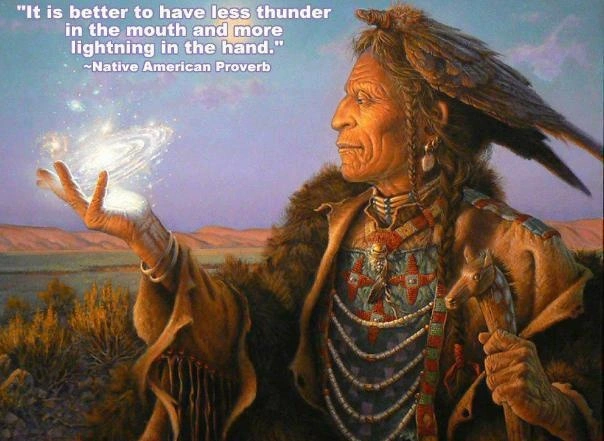Correcting the Record and Re-tracing the Origins of CST
A recent collaborative article written by members of the Biodynamic Association of North America highlights the importance of respectfully embracing the full origins and lineage of Osteopathy and Craniosacral Therapy (CST). The familiar narrative that credits Andrew Taylor Still as the "Father of Osteopathy" and celebrates the extraordinary discoveries of William Sutherland fails to acknowledge their (and our) debt to the bodywork practices developed by Indigenous Peoples. The full article, which can be read here, asserts that colonial and racist attitudes have perpetuated the dismissal and disregard of the wisdom and practices developed by Indigenous Peoples in the lineage of Craniosacral Therapy.
The BCTA invites all Craniosacral Associations to address omissions in our professional history by understanding the transmission and evolution of Craniosacral work and openly naming its origins, which, for Dr. Still, Osteopathy, and CST, are the Lumbee and the Shawnee people.
"There is deep pain and anger for those left off the family tree, erased from the story we tell about ourselves. Their inclusion rewrites that story and opens a pathway toward a truer, more honest understanding of our history and reconnection to its essence."
Ruti Wagaki's article from August 2022, published in the Winter 2022/2023 Cranial Wave journal, is cited and posted here. Her article, "Decolonizing Our Origin Story: A Pathway Toward Communal Healing," was the impetus for the writing of the article by the BCTA/NA. Wagaki requested that the BCTA "offer a public acknowledgment on the association's website detailing the historical contributions of Indigenous healers to our field." Bringing this to light is offered in the spirit of “transformation and repair,” as Ruti wrote, on the pathway toward communal healing.
The BCTA article is based on archival sources at the A.T. Still University and Museum, which provided more information on Dr. Still’s Lumbee lineage and the lifelong impact of his time with the Shawnee people. As Ruti notes, this information has been circulating for several years. Nita M. Renfrew’s 2015 article, published in "A Journal of Contemporary Shamanism," which followed Dr. Mehl-Madrona’s work, details how the origins of Osteopathy, and thus Craniosacral and Polarity Therapy, are indebted to “traditional American Indian bodywork.” John Beaulieu included her essay the next year in his "Polarity Therapy Workbook," bringing this information forward. In 2020, Susan Raffo, writing on her website, explored what it meant for this history to be ignored. As Hugh Milne’s Milne Institute website states, “Craniosacral work comes out of osteopathy. Osteopathy comes out of bonesetting, and bonesetting was practiced...130,000 years ago, and probably much longer ago.”
Craniosacral work clearly stems from a lineage that aligns us with universal forces that cannot be fully owned, known, or named. Our work is indeed part of a continuum, and we practitioners can gain confidence and presence by sensing into the human history that this extraordinary work embodies. May we at IACST join in uplifting the Lumbee, Shawnee, and any other Indigenous teachers and peoples who have been excluded from the history of this extraordinary healing modality.
Sara Devoy BCST

- Child and Vulnerable Adult Safeguarding Policy Statement
- GDPR
- VAT Change Guide
- Child Protection Safety Statement
- Presentation at the IACST AGM by IACST member.
- April 2024 NEW Personalised Digital IACST Leaflets available for members
- May 2024 Launch of new self-funded book Giving birth in Ireland
- June 2024 Body College Galway celebrate their new graduates
- July 2024 Correcting the Record and Re-tracing the Origins of CST
- August 2024: Upcoming IACST Webinar: “Baby Colic - Clinical Tools and Insights” on September 18th
- September 2024: Online First Aid & CPR Course available to current and future Members in October
- September 2024 Webinar: BACK TO YOU and AGM October 12th - Members Only

Lumbee Tribe of North America

